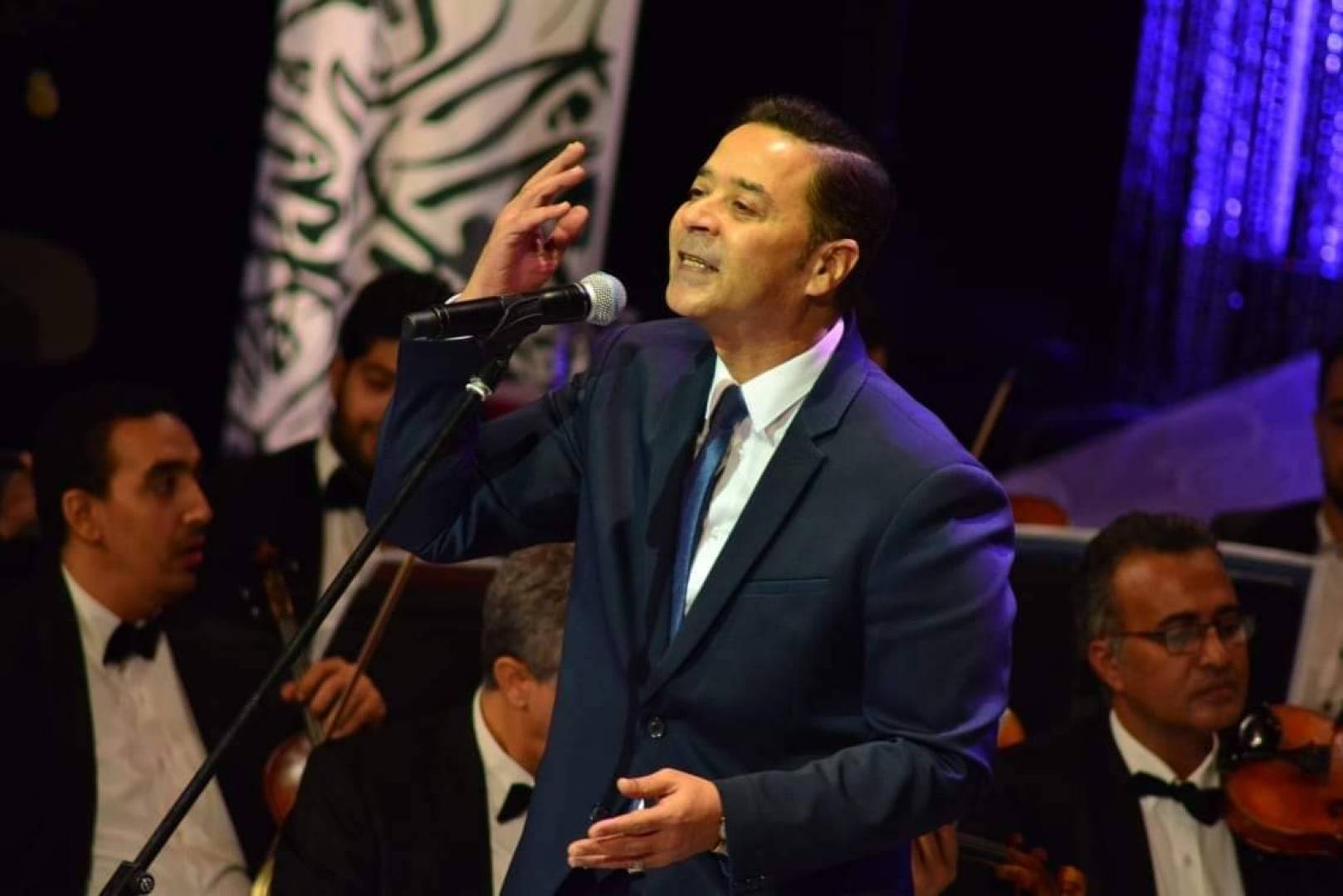Sophisticated coiled lines connected together creating a fascinating painting, the lines carrying different religious and moral messages, all perfectly written out in calligraphic inscriptions designed by Musaad Khudair, senior calligrapher and founder of the Egyptian Society of Arabic Calligraphy.
Arabic calligraphy originated on the Arabian Peninsula. With the rise of Islam, it flourished as an integral part of the culture because it was the primary tool for the preservation of the Muslim holy book, The Quran.
With time, more artistic uses of the writing style were introduced by decorating the Quran with beautiful calligraphy types. After the spread of Islam in the Arab world, calligraphy became associated with Arabic culture and architecture, especially in the form of abstract arabesques on walls and ceilings of mosques and in manuscripts.
In 1922, Egyptian King Ahmed Fouad established the Royal School of Calligraphy, which was the first school in the Islamic world aimed at preserving the art form by creating new generation of skilled calligraphers.
But according to Khudair, even though Egypt currently boasts 390 calligraphy schools–which turn out some 12,000 calligraphers annually–the art nevertheless endangered.
Master calligraphers like Khudair and Salah Abd el-Khalek, head of the Egyptian Society for Arabic Calligraphy, express concern that primary-school education lacks sufficient instruction in Arabic handwriting by professional calligraphers, since most schools are now cutting costs. In most cases, they say, calligraphy is being taught by Arabic-language teachers, not calligraphy experts.
“The 12,000 yearly calligraphy graduates should be the ones teaching the art, since they spent six years earning their diplomas,” said Abd el-Khalek. “They are the best people to protect this part of our Islamic heritage.”
Calligraphy expert and former art consultant at the Bibliotheca Alexandrina Mohamed Rotail agreed that calligraphy should be taught by calligraphers, not unqualified teachers of Arabic.
“Calligraphy instruction isn’t only a problem of primary and secondary education; it’s also a problem of higher education in some faculties, which graduate Arabic teachers without teaching them calligraphy,” said Rotail. “This results in the teachers themselves having poor handwriting.”
Although the art form is certainly in the process of deterioration, it is still appreciated as a craft. Many young calligraphy school graduates volunteer to teach calligraphy in small workshops, earning their living by selling their work.
“It’s rewarding when people appreciate our work, which we do with passion,” said calligrapher Rehab Abdallah. “I was deeply gratified when I was contacted by two French artists of Arab origin who wanted to buy my paintings and sell them at their art exhibition in France.”
“I was also asked to design chairs crafted in calligraphic shapes by an established furniture factory in Damietta, which will export the chairs as part of its product line and spread the calligraphic heritage around the world,” added Abdallah.
Since the establishment of the Egyptian Society for Arabic Calligraphy in 1994, calligraphers have repeatedly requested the support of the Culture Ministry in setting up exhibitions and sponsorship for participation in international art exhibitions.
Recently, their request was granted by the ministry’s fine arts department, which opened the first calligraphy museum in Alexandria two months ago. The ministry will also host a calligraphy art exhibition during the first half of the Islamic month of Ramadan in Cairo’s Al-Ghoury Palace.
Khudair says he was also granted approval by parliament in April to establish the country’s first professional calligraphers’ syndicate, which will promote legislation aimed at preserving the art form, provide pensions for its practitioners, and generate income with which to found private calligraphy schools.




